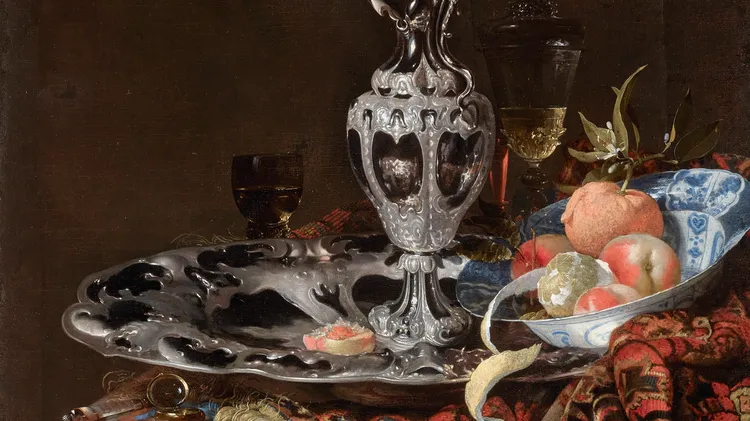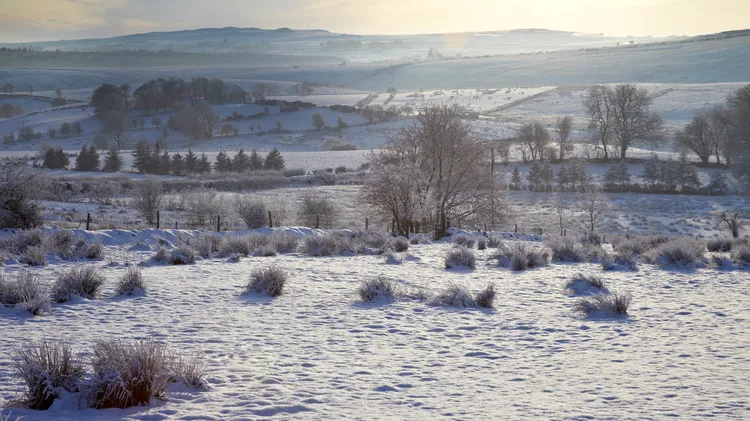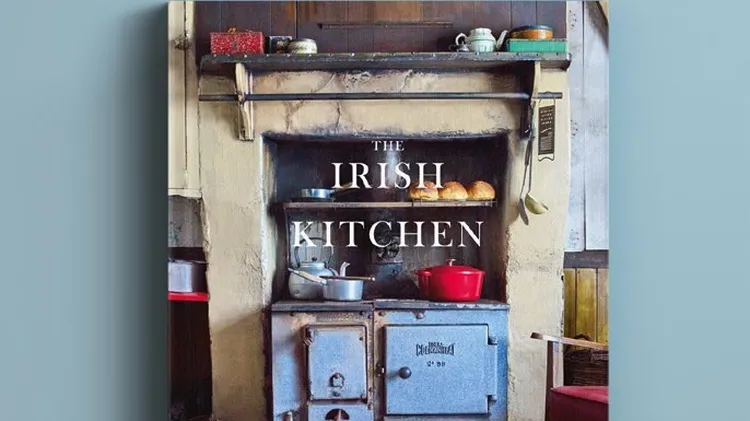The ceremony of afternoon tea is a quintessentially English experience with an in
Time for tea
10 min read
This article is from...
Read this article and 8000+ more magazines and newspapers on Readly






